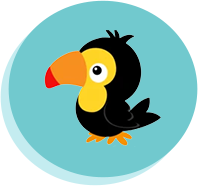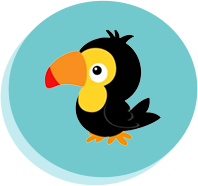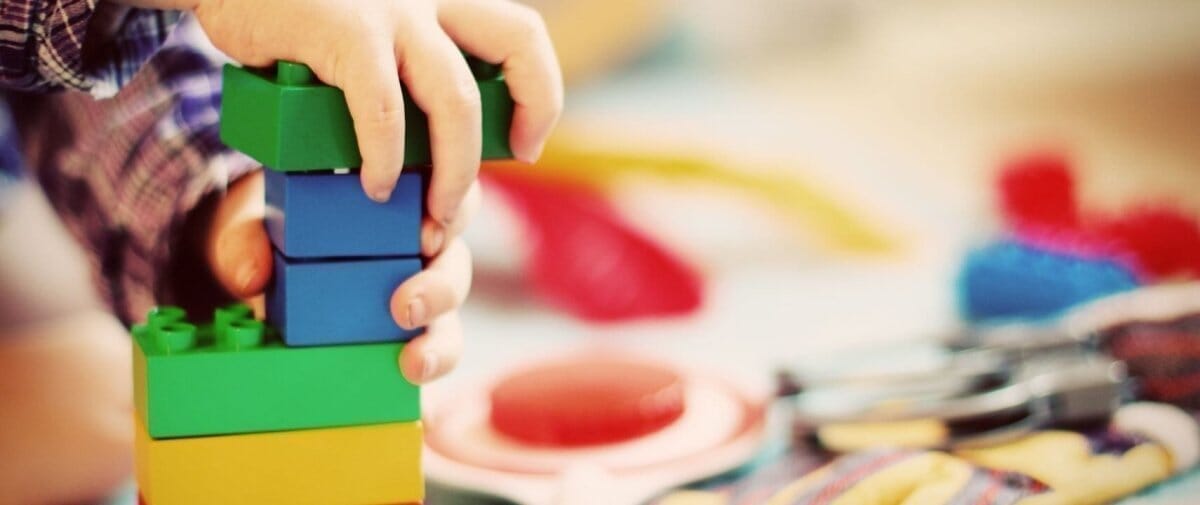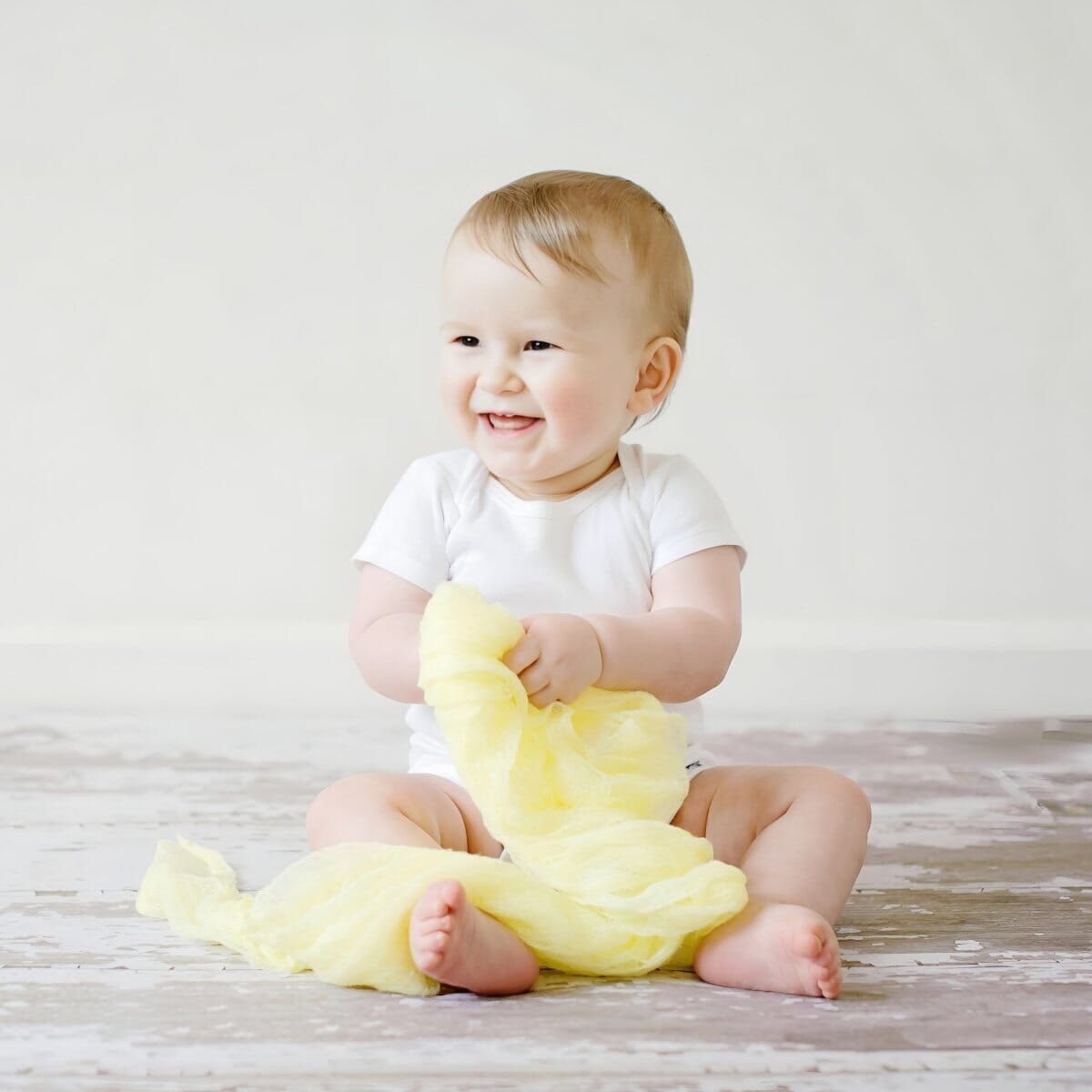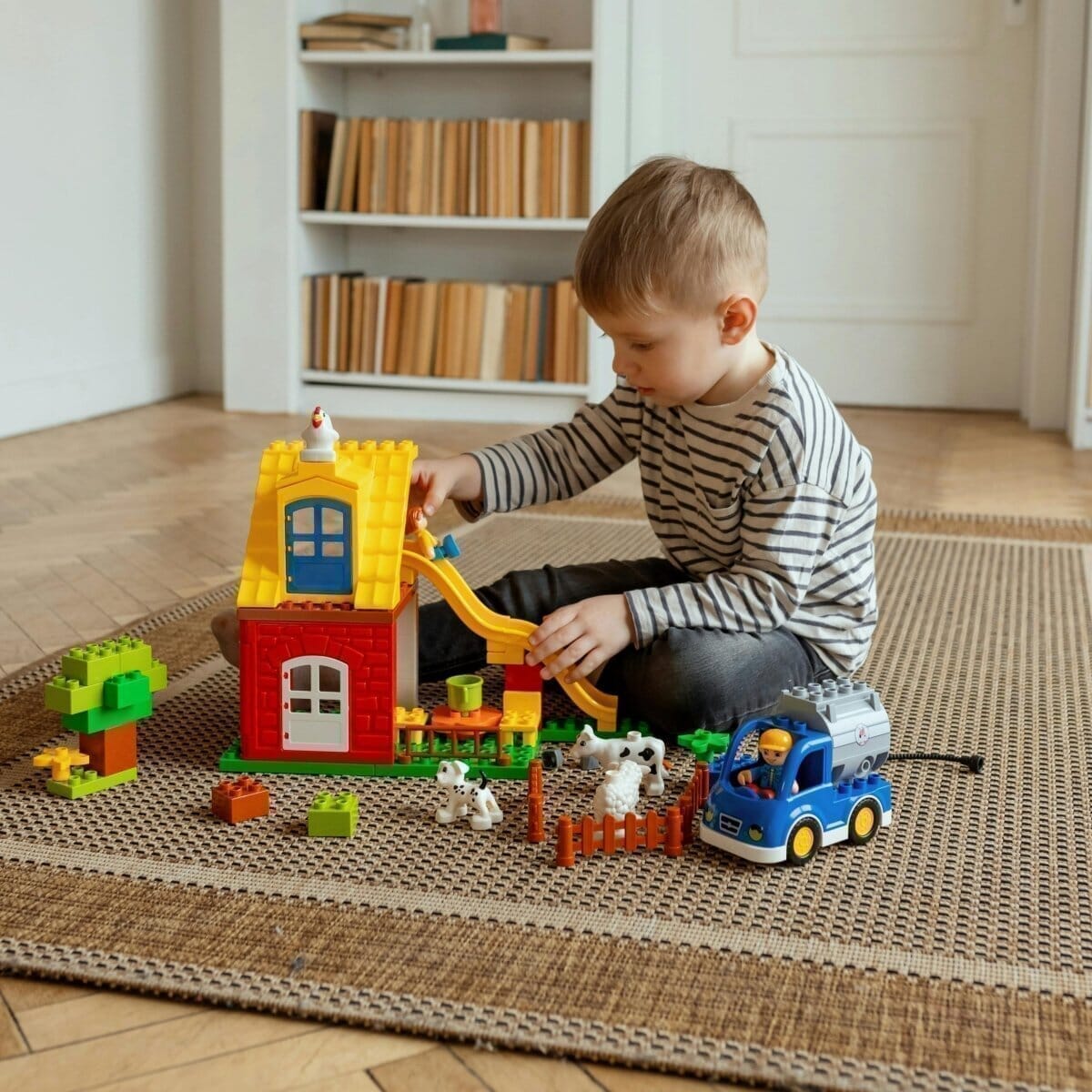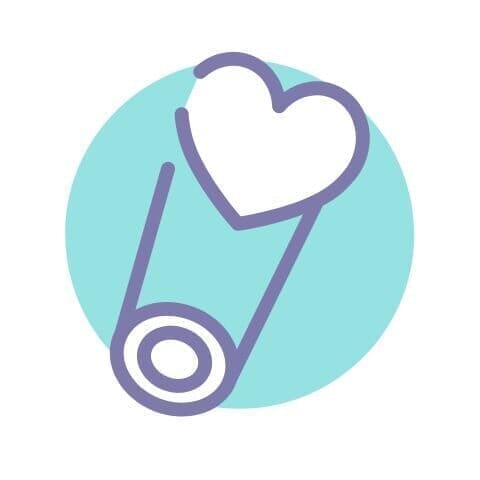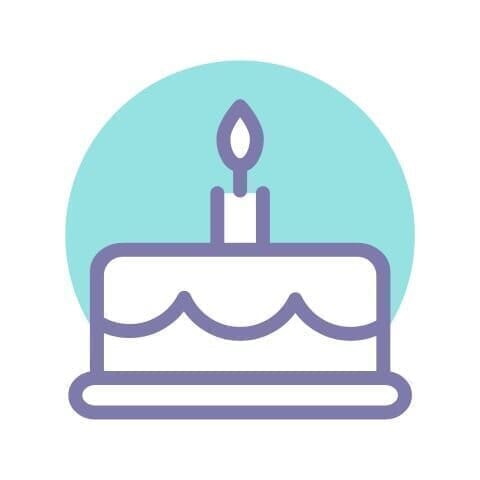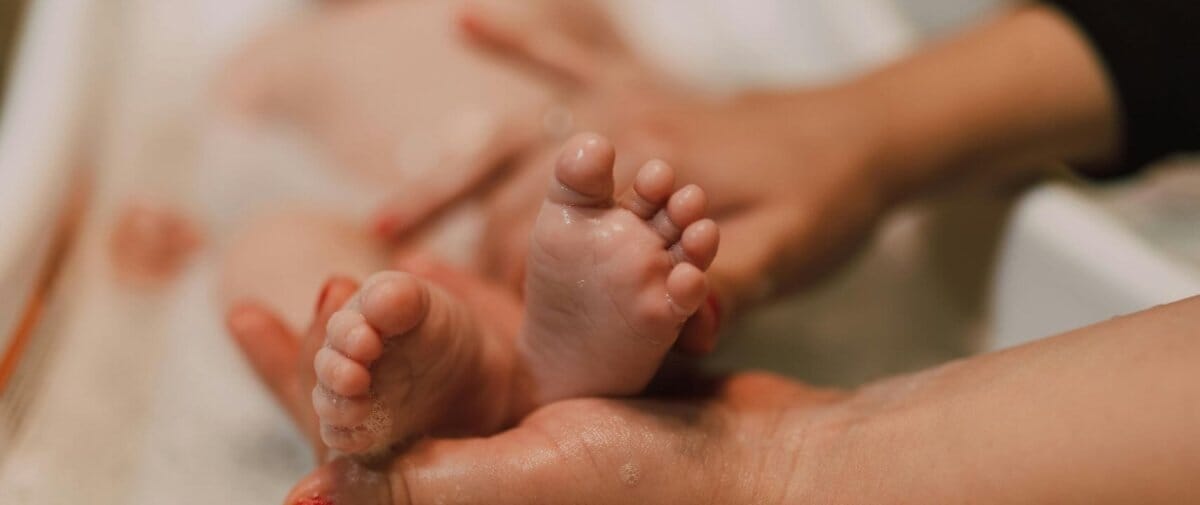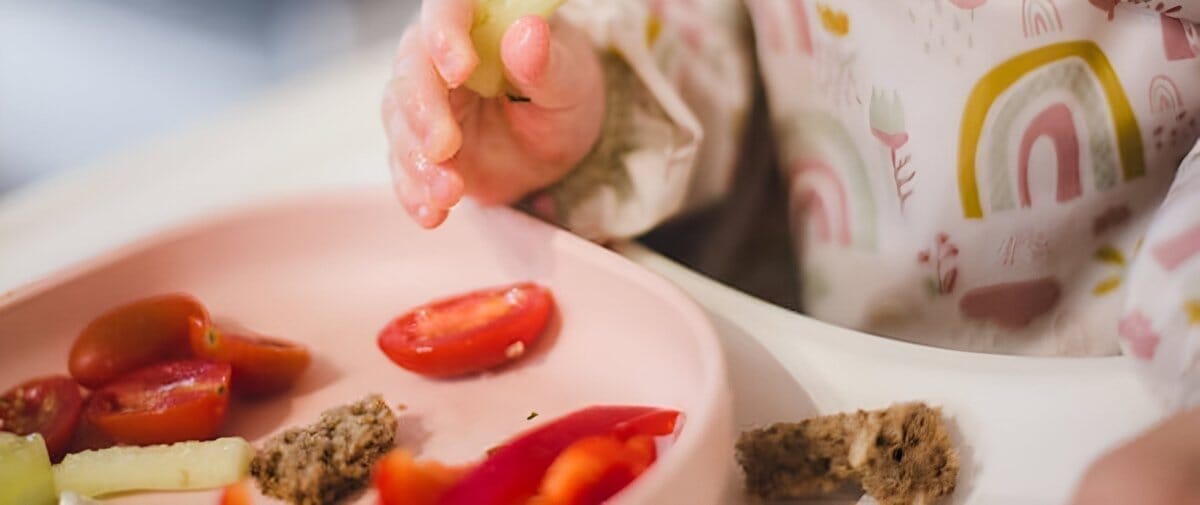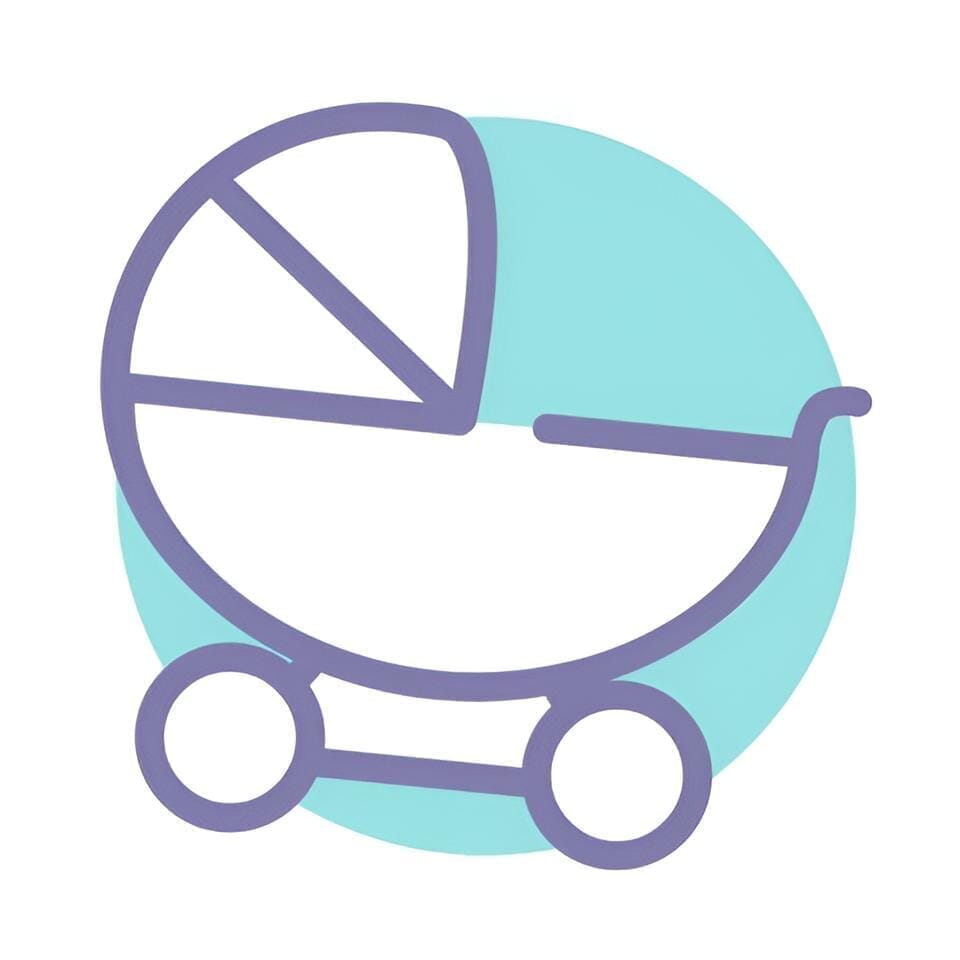The Montessori Method
The Montessori Method: A Revolutionary Approach to Education
What is the Montessori Method?
The Montessori method , developed by Italian physician Maria Montessori, is a revolutionary educational method that emphasizes self-directed learning and discovery as its main teaching tools. Unlike traditional teaching, Montessori offers children the opportunity to learn at their own pace by choosing their activities, while the educator plays the role of guide and evaluator.
This approach promotes children's independence from an early age, while meeting their cognitive, emotional, social and physical needs. With limited freedom, the child can explore what best stimulates their development, becoming a more autonomous, confident and enthusiastic learner.
The Importance of Early Education
Montessori maintains that early exposure to appropriate education and materials is essential for children's development. This allows them to build a solid foundation for their future.
What is the Montessori Method?
-
Independent Learning : Children learn at their own pace and choose materials that interest them, fostering their natural curiosity.
-
Role of the Educator : The educator guides children, provides knowledge and assesses their development, creating a supportive learning environment.
-
Independence : The Montessori approach encourages children's independence in carrying out activities, meeting the specific needs of early childhood .
A Global Impact on Child Development
The Montessori method affects all aspects of development, including:
-
Cognitive : Strengthening learning and problem-solving abilities.
-
Emotional : Development of self-confidence and self-esteem.
-
Social : Promoting positive interaction and mutual respect.
-
Physical : Encouragement of physical activity and motor development.

History of the Montessori Method
Born in the late 19th century, the Montessori method is the result of the educational research work of Maria Montessori. She developed this approach after realizing that traditional teaching methods had counterproductive effects on young minds. The first school using this method was established in Rome, and since then it has spread throughout the world.
Today, about 20,000 schools use the Montessori method in their curriculum, including in the United States , the United Kingdom , India , and many other countries. Moreover, in 2022, several studies have confirmed that this method is one of the best for the development of young children .
-
7 Fundamental Principles of the Montessori Method
- Free Choice : Children have the opportunity to choose their own learning path, promoting independence and responsibility.
- Order : A structured environment is essential to maximize the learning effect.
- Interest : When a child is interested in a subject, he or she learns more effectively.
- Movement : Learning occurs through interaction with the environment.
- Context : Learning by doing, rather than just memorizing.
- Peer Learning : Children learn by imitating their peers.
- Teacher supervision : The teacher creates an optimal environment and supports the child while setting limits.

Why is the Montessori Method so Popular?
With its individualistic and discovery-centered approach, the Montessori method is enjoying growing popularity. In the United States, approximately 5,000 schools use this method, reaching nearly a million children. Influential figures such as Jeff Bezos and Google founders Larry Page and Sergey Brin have all benefited from this education.
In 2018, Jeff Bezos' "Day One Academies" project allocated $1 billion to fund free Montessori schools for underprivileged communities. This is a testament to the considerable influence of this method in the modern educational world.
How to homeschool using the Montessori method for children aged 0 to 3?
Traditional schools start at age 6, when most children are ready to understand the curriculum. However, the most rapid development in children occurs in the first six years of life. It is therefore not surprising that many famous psychologists consider this period to be the most important for laying the emotional, social and cognitive foundations for the future. In 2022, science and research fully confirm this view.
At this stage, children are learning machines . They not only want to learn, they need to learn to overcome the various developmental milestones they encounter. The good news is that you can accelerate their progress and help them reach above-average maturity .
It all depends on the environment you create for your child. According to the Montessori method, this environment must be stimulating and able to satisfy the child's need for exploration and learning. A crucial aspect of this environment is the Montessori toys .
Through play , the child practices new skills, such as making new sounds, new movements, understanding the connection between an action and a change in the environment, etc. Once a skill is fully acquired, the toy used to practice it ceases to be interesting. This type of training allows for a natural progression through different stages of development.
Each stage therefore requires a different set of toys for them to have the desired effect. Montessori toys for 1 year olds or 2 year olds will develop different abilities than those for 3 year olds or 4 year olds , and toys for preschool age children.

How to Apply the Montessori Method at Home?
- Empower your child : Teach him simple tasks like pouring a glass of milk or putting away his toys.
- Encourage his learning : Stimulate his natural curiosity by giving him the tools he needs to discover the world.
- Lead by example : Children learn by imitation, so be a positive role model.
- Make good habits easier : Place objects that encourage good practices within reach.
- Create a Montessori space at home : Furnish your child's room with Montessori toys to stimulate their creativity and desire to learn.
Is the Montessori method effective?
Research confirms that there are definite benefits to Montessori education. Children grow up to be more independent, disciplined, and focused . Here are some famous people who have benefited from Montessori education at some point in their lives:
- Larry Page and Sergey Brin , co-founders of Google.com
- Jeff Bezos , founder of Amazon.com
- Katherine Graham , owner and editor-in-chief of the Washington Post
- Prince William and Prince Harry , English Royal Family
- Jacqueline Kennedy Onassis , former First Lady of the United States
- Julia Child , celebrity chef and cookbook author
- Anne Frank , famous diarist of World War II
- Gabriel Garcia Marquez , Nobel Prize for Literature
- George Clooney , Oscar-winning actor
- And many more.

Advantages and disadvantages of the Montessori method
It is important to note that there is no universally perfect educational model. Each method has its advantages and disadvantages. Here are some of the most important ones for the Montessori method:
Benefits :
- From a young age, Montessori education reinforces order , concentration and independence .
- Montessori students enjoy more freedom throughout their education.
- Children develop more adaptive social and emotional skills.
- Children spend more time playing with toys developed following Montessori principles.
- An age-appropriate Montessori toy will keep your child engaged for longer and provide a healthier alternative to screens.
- The method encourages and empowers children to seek knowledge for themselves.
Disadvantages:
- Finding a suitable Montessori institution in your area can be difficult.
- Montessori schools are generally more expensive than traditional schools.
- Implementing these methods at home requires a lot of effort on your part, which is why we suggest using tools to save you time.
- You will need to adapt your daily habits to provide the best development prospects for your child.
- The Montessori method requires significant changes in the environment your child experiences.
Montessori Toys by Age
If you are looking for toys suitable for a specific age, check out our collections for different age groups.
- New parents will be interested in toys from the 0-12 month collection.
- As your baby becomes a toddler , take a look at our selection of toys for 1 year olds .
- As your child begins to construct simple sentences, you'll find a range of toys to develop their language skills in the 2 year old collection.
- At this stage, your child is quite creative and imaginative - you'll want to develop these skills even further with Montessori toys for 3 year olds .
- A great time to start playing with puzzles and memory games is when he enters the 4 year old category.
- Finally, your child is ready for school, having played with math and spelling toys from our collection for kids ages 5 and up .
Choose the toy that will best help your child develop their skills.
Conclusion: The Montessori Method Today
In 2024, the Montessori method remains one of the most respected and effective educational methods for young children. With its principles centered on autonomy and discovery , it prepares children not only for school, but also for adult life.
If you're looking to transform your child's education at home, be sure to explore our selection of Montessori toys for every age, tailored to children's specific developmental needs.
